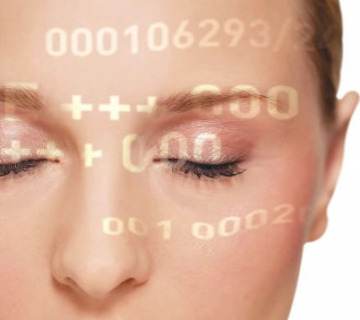Download Medical Spa Embezzlement & Employee Theft Scams - It's Free
/In a recent study, more than 82% of medical clinics reported at least one issue with employee theft or embezzlement... that they were aware of. This free guide to beating embezzlement and employee theft schemes uncovers the hidden tactics behind how these scams work, and how you can find them before they capsize your clinic.
_______________________________
Download Medical Spa Embezzlement & Employee Thef Scams
_______________________________
Embezzlement and employee theft are an unfortunate fact in almost every business, and especially in cosmetic medical practices. If you haven't ever had to deal with this you're extremely lucky since it has taken place in every clinic I've been personally involved with and the stories that are told by physicians and business owners are legion.
If you think it can't happen in your business you';re just whistling past the graveyard. It can. It will.This report is designed to give you a fighting chance to identify how your business is at risk, to understand how these schemes work, and what you can do to minimize your risk and take action when you find a problem.
You're about to read the many stories that have been collected from clinics and physicians; from how a physician-employee put an extra account on a credit card terminal to deposit payments into his own checking account to how a NP would inject patients with straight saline and steal the Botox to use in her own side business. Some of the stories are almost beyond belief in their brazenness and the damage that was caused. In almost every case, the employee was a trusted team member.
Employees that are embezzling or stealing from you are enabled by ignorance and naivety. On the following pages you'll begin to remedy those issues.
I wish a report like this wasn't necessary, but it is.
If you don't read it you're a fool.
___________________________________________________
Download Medical Spa Embezzlement & Employee Thef Scams
___________________________________________________
Here's what physicins are saying:
Great report! It should be required reading for
all doctors — even for those of us who've
been around!Marguerite Barnett MD FACS PA, Mandala Medspa
A very eye-opening and sobering report.
This is a must read for everyone!Windie Hayano, The Skin Inc. Dermatology and Laser Center
Opened my eyes! The information in this report is invaluable! I hadn't even thought of some of the scams mentioned in these testimonials!Lori Robertson FNP, Skin Perfect Medical Rancho
Great! ...after reading others experiences I realize that you just cannot be too careful when it comes to the financial security of your business.Anne Talbot, Owner, Victorias Cosmetic Medical Clinic
This report will help other centers avoid going through what we had to endure and overcome.Brian Sidella, Founder, Forever Young Medspa










